MN551 Quiz 3 and 4 Cardiovascular and Respiratory
Document Content and Description Below
MN551 Quiz 3 and 4 Cardiovascular. 3 - structure and function of the cardiovascular system 4 - structure and function of the respiratory system https://www.homeworkmarket.com/content/mn-551-midt... erm 1.The nurse practitioner for a cardiology practice is responsible for providing presurgical teaching for patients who are about to undergo a coronary artery bypass graft. Which of the following teaching points best conveys an aspect of the human circulatory system? “Your blood pressure varies widely between arteries and veins, and between pulmonary and systemic circulation.” “Only around one quarter of your blood is in your heart at any given time.” “Blood pressure and blood volume roughly mimic one another at any given location in the circulatory system.” “Left-sided and right-sided pumping action at each beat of the heart must equal each other to ensure adequate blood distribution.” https://science-forums.com/index.php?topic=28839.0 Which of the short term and long term compensatory mechanisms is least likely to decrease the symptoms of his heart failure? AV node pacemaking activity and vagal nerve suppression Reassignment of cardiac pacemaking activities and suppression of the vagal nerve are not noted compensatory actions related to heart failure. Increased preload and sympathetic stimulation, increased levels of epinephrine and norepinephrine, and activation of the renin-angiotensin-aldosterone system and secretion of brain natriuretic peptide (BNP) are all noted compensatory mechanisms. Question 2.2. A physical assessment of a 28-year-old female patient indicates that her blood pressure in her legs is lower than that in her arms and that her brachial pulse is weaker in her left arm than in her right. In addition, her femoral pulses are weak bilaterally. Which of the following possibilities would her care provider be most likely to suspect? (Points : 3) Pheochromocytoma Essential hypertension Coarctation of the aorta An adrenocortical disorder Question 3.3. As part of the diagnostic workup for a male patient with a complex history of cardiovascular disease, the care team has identified the [Show More]
Last updated: 1 year ago
Preview 1 out of 17 pages
Instant download

Buy this document to get the full access instantly
Instant Download Access after purchase
Add to cartInstant download
Reviews( 0 )
Document information
Connected school, study & course
About the document
Uploaded On
Feb 18, 2021
Number of pages
17
Written in
Additional information
This document has been written for:
Uploaded
Feb 18, 2021
Downloads
0
Views
50

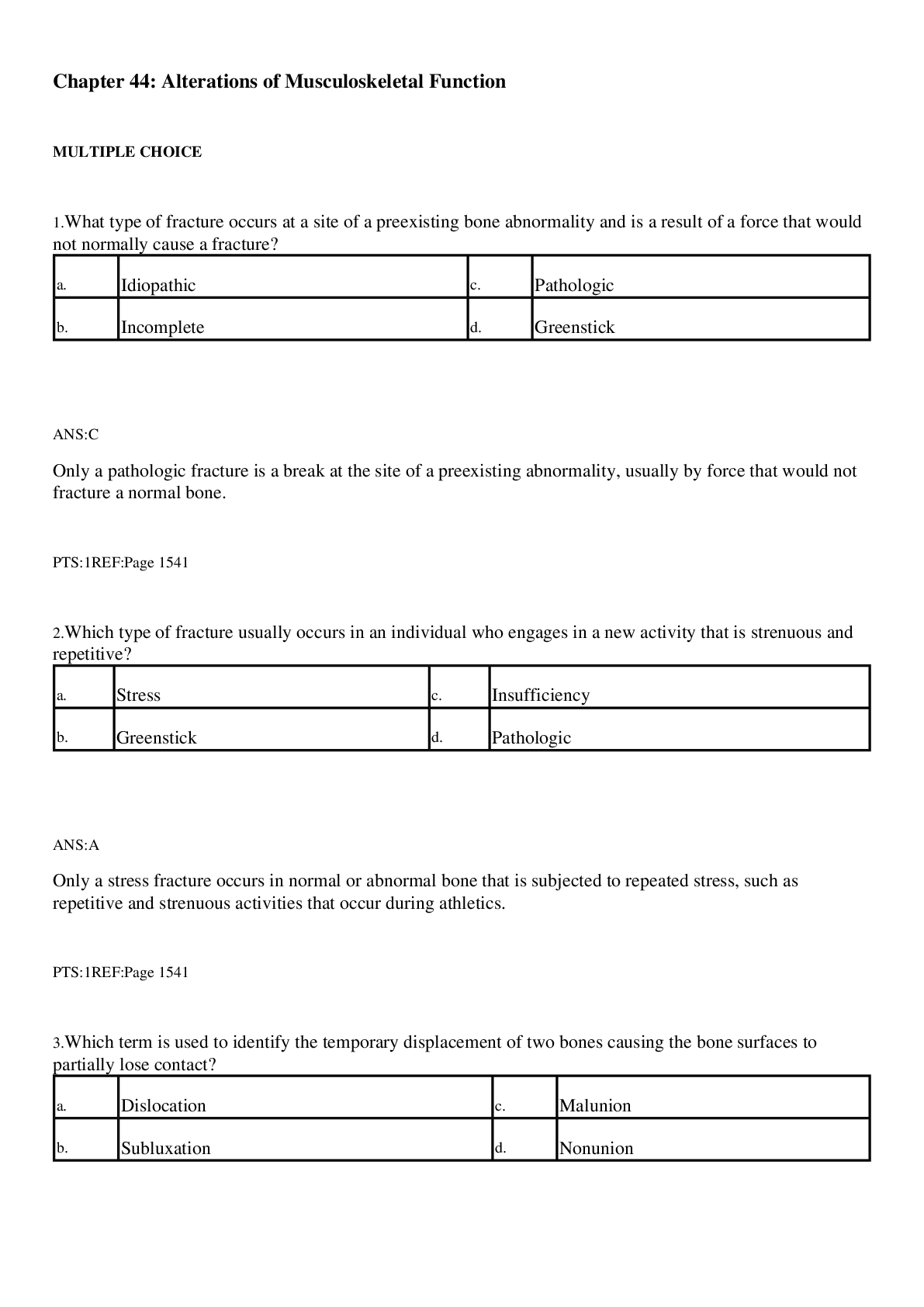
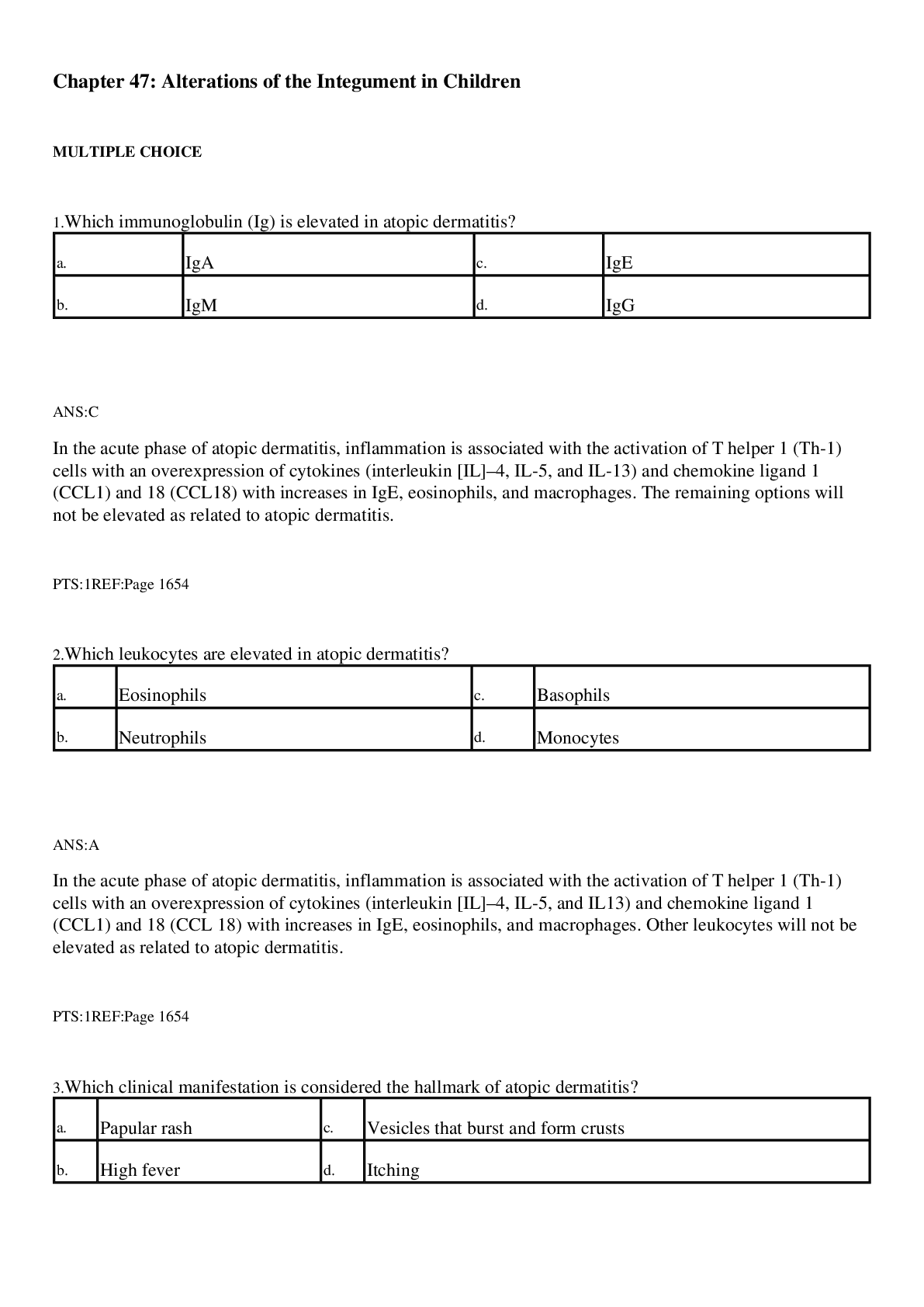
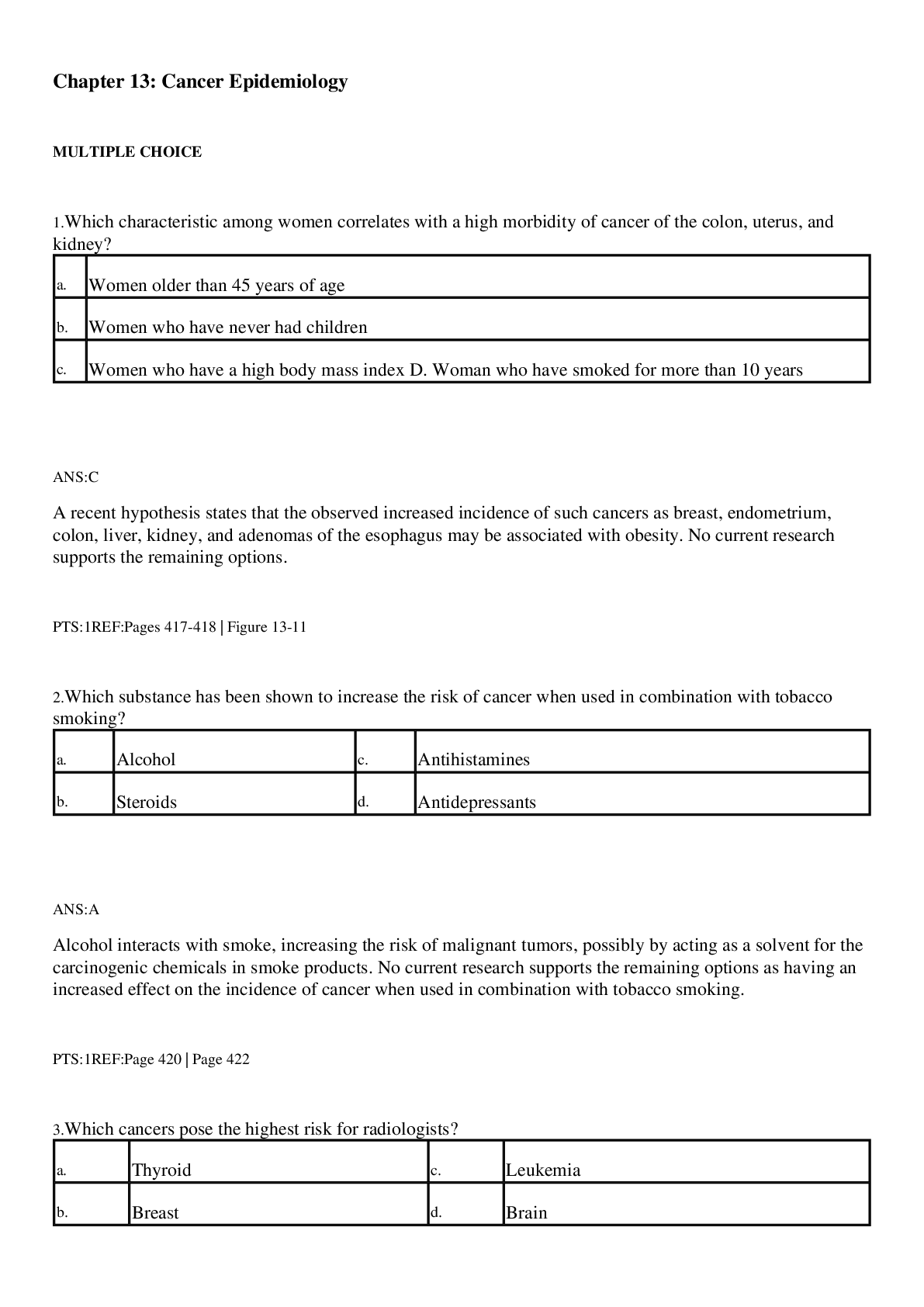
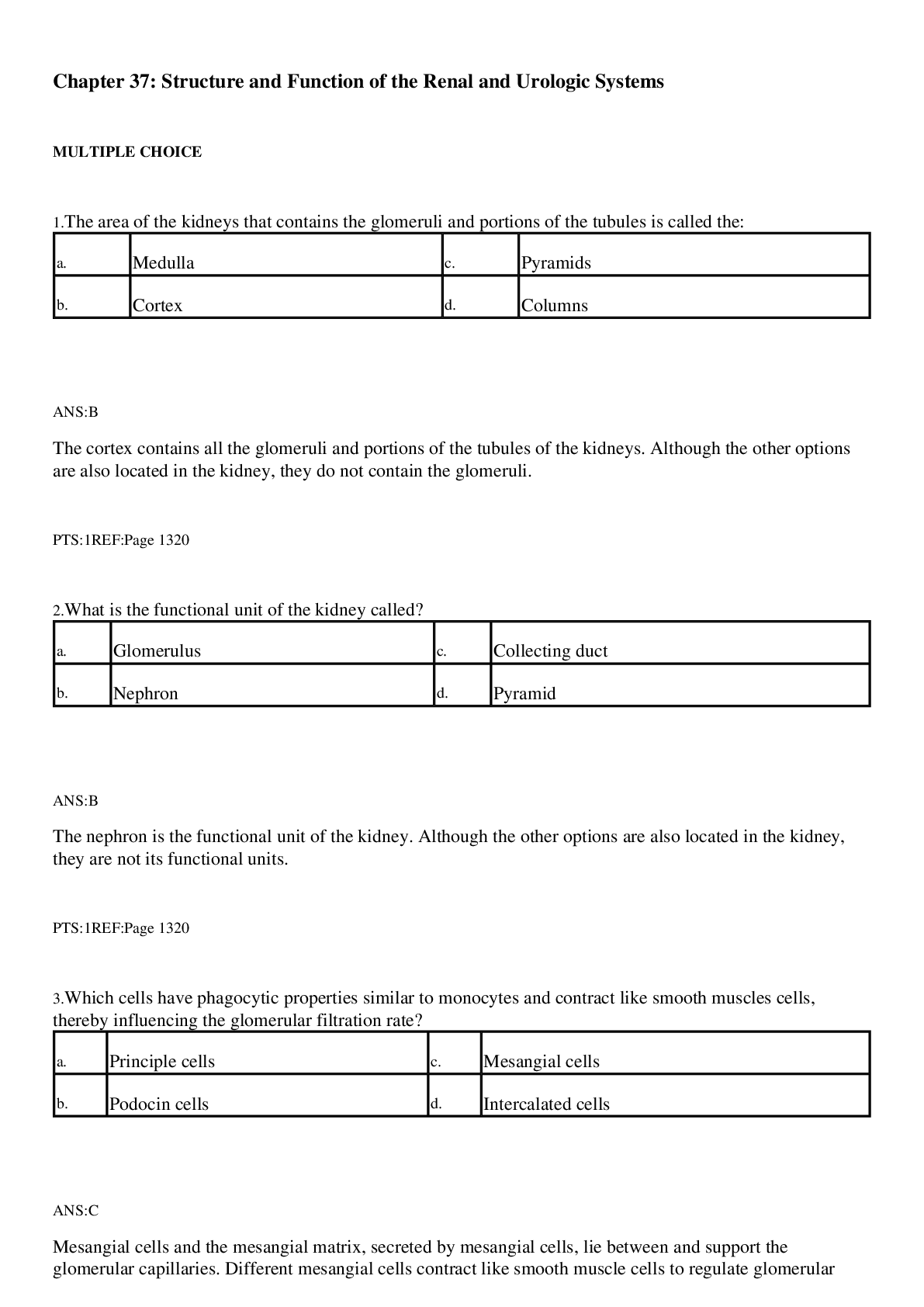
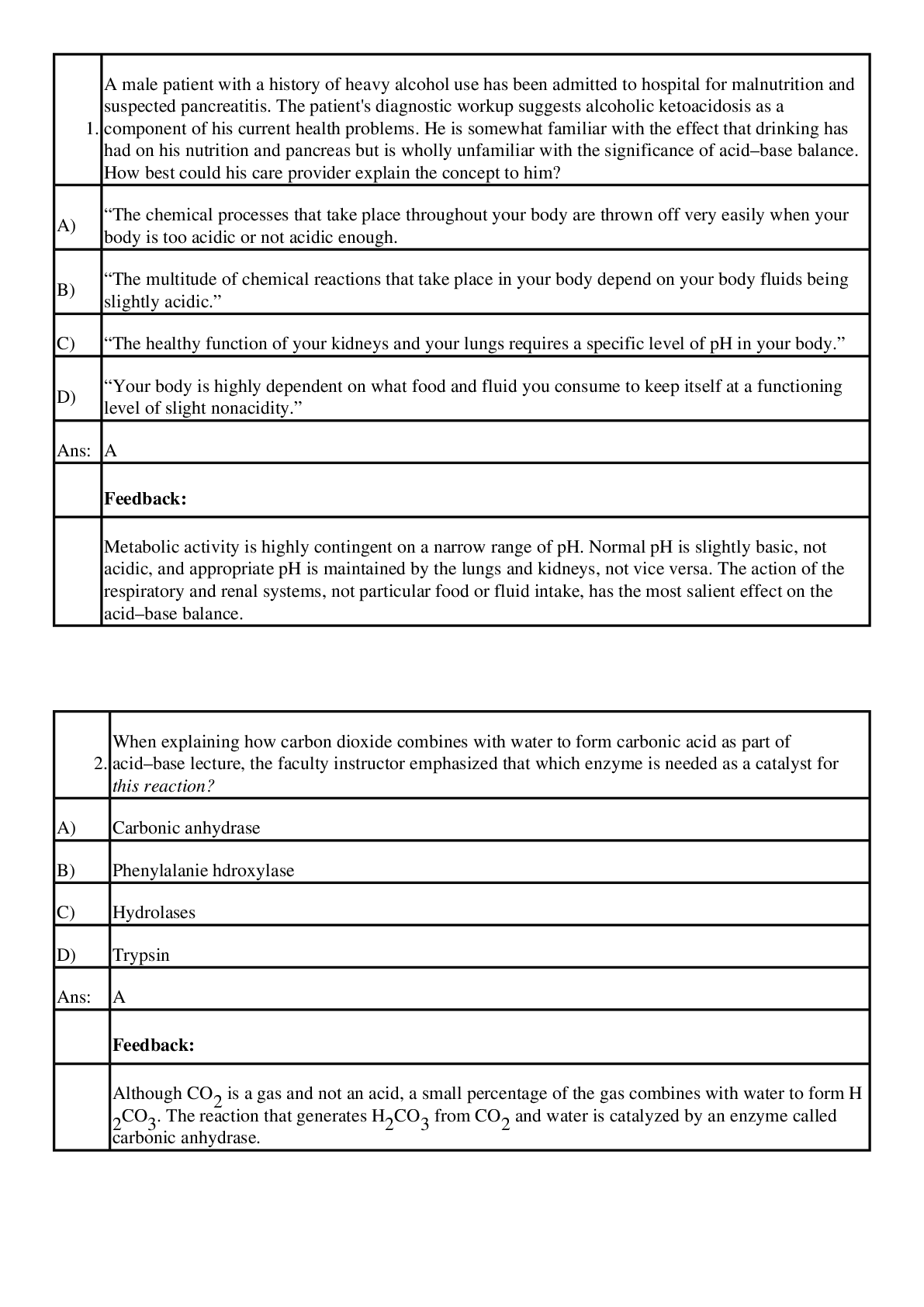


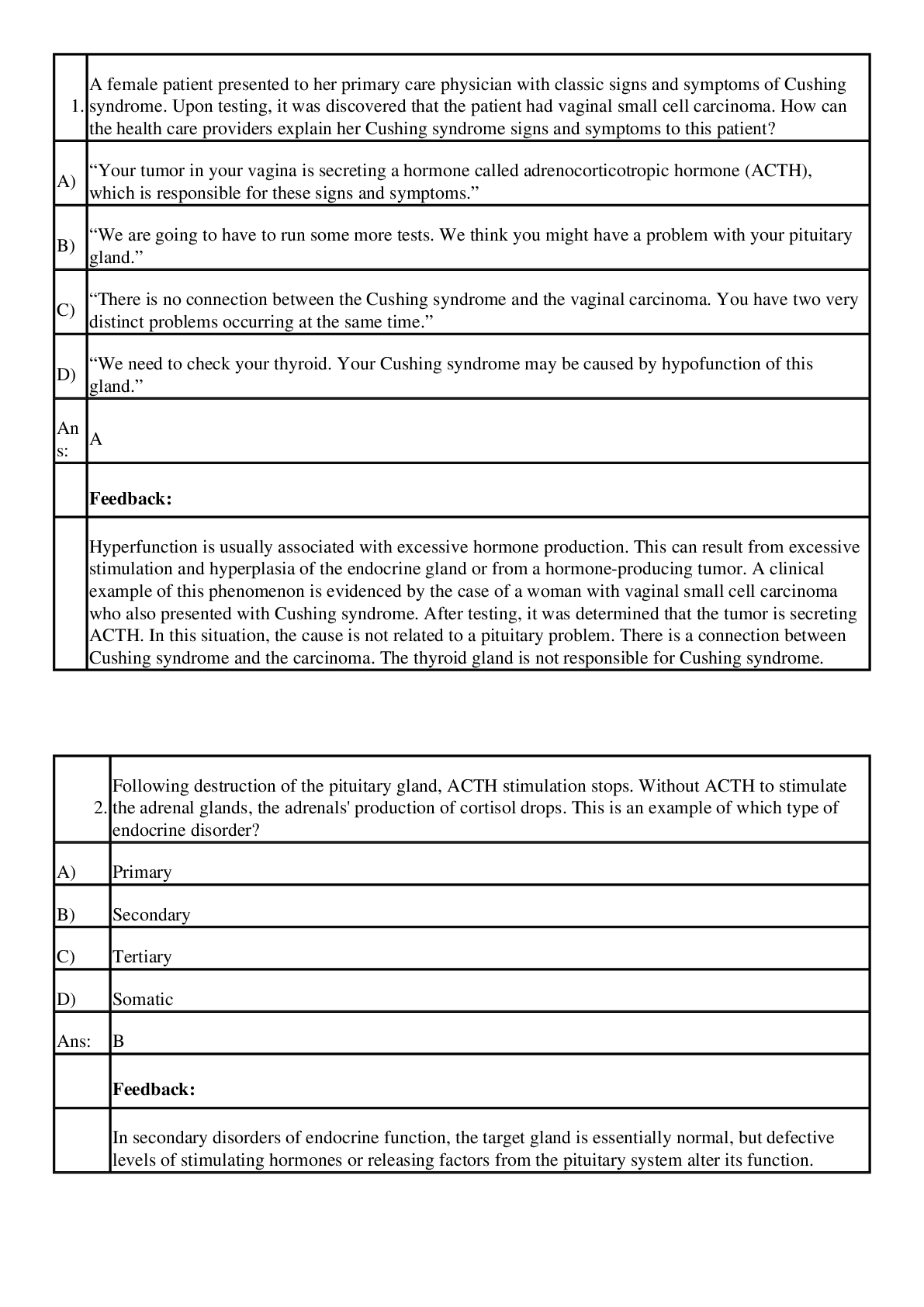
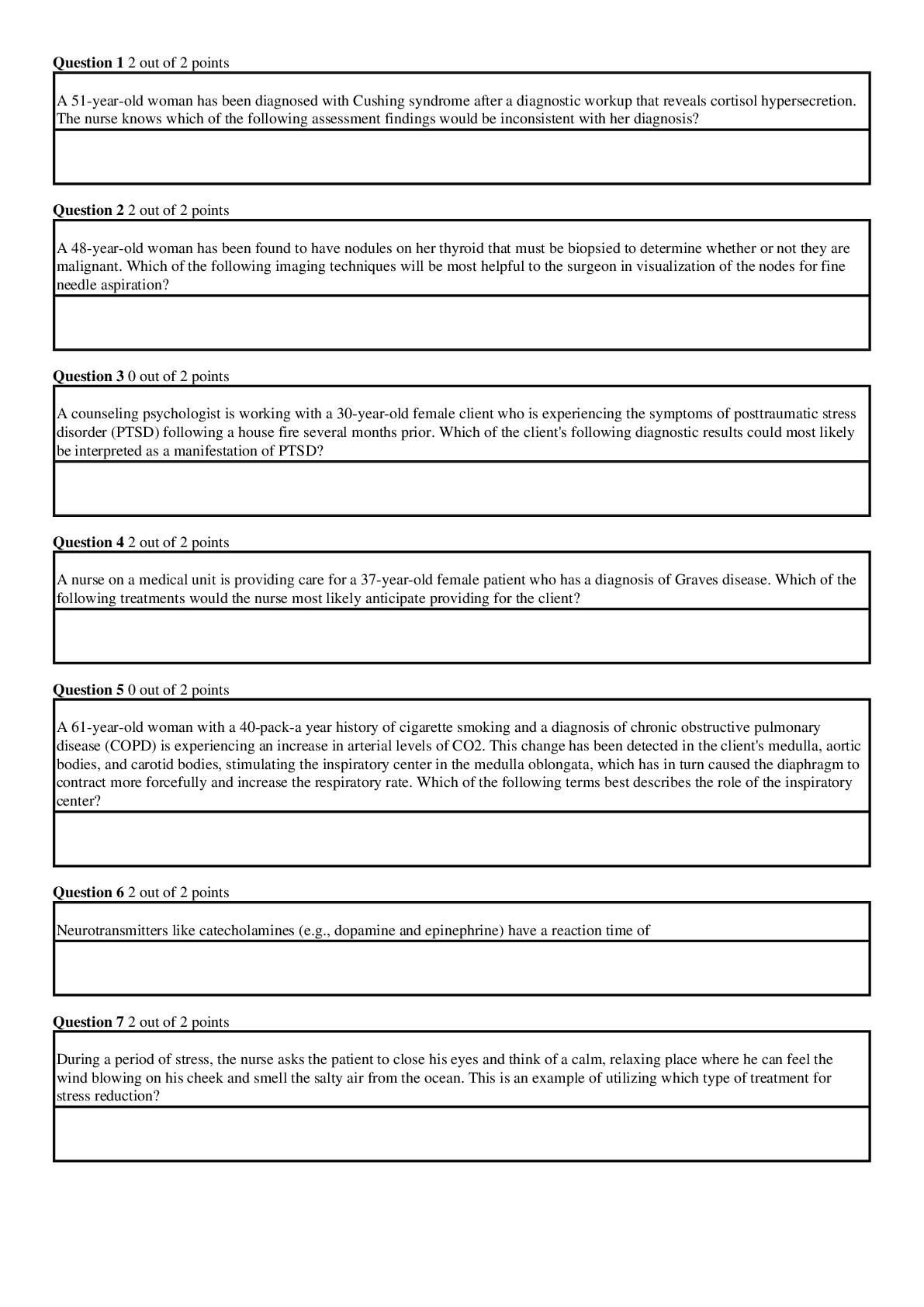



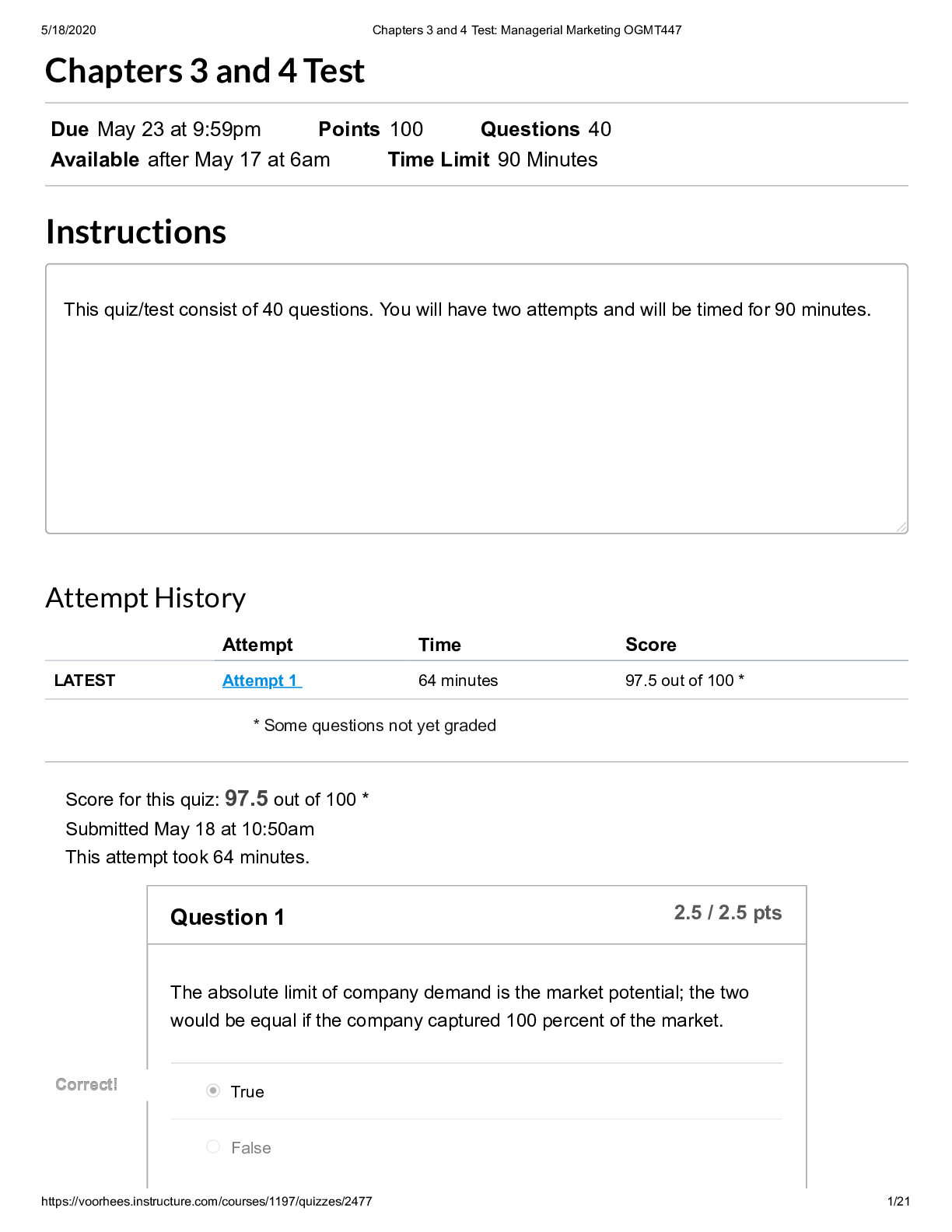

 tintin.png)
.png)

 (1).png)




